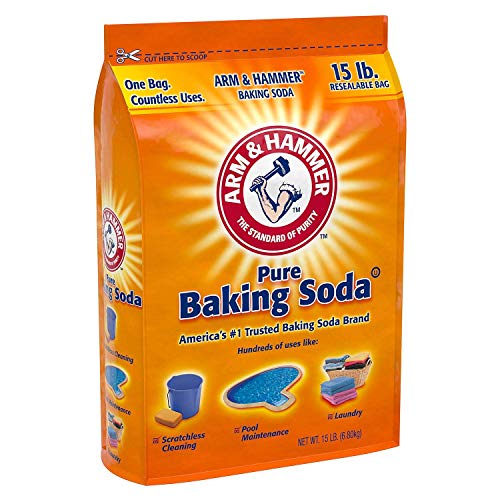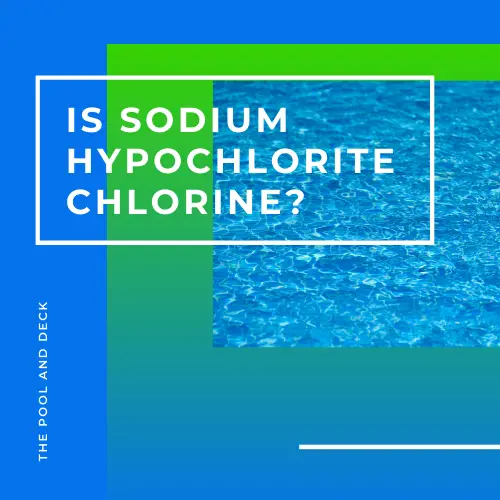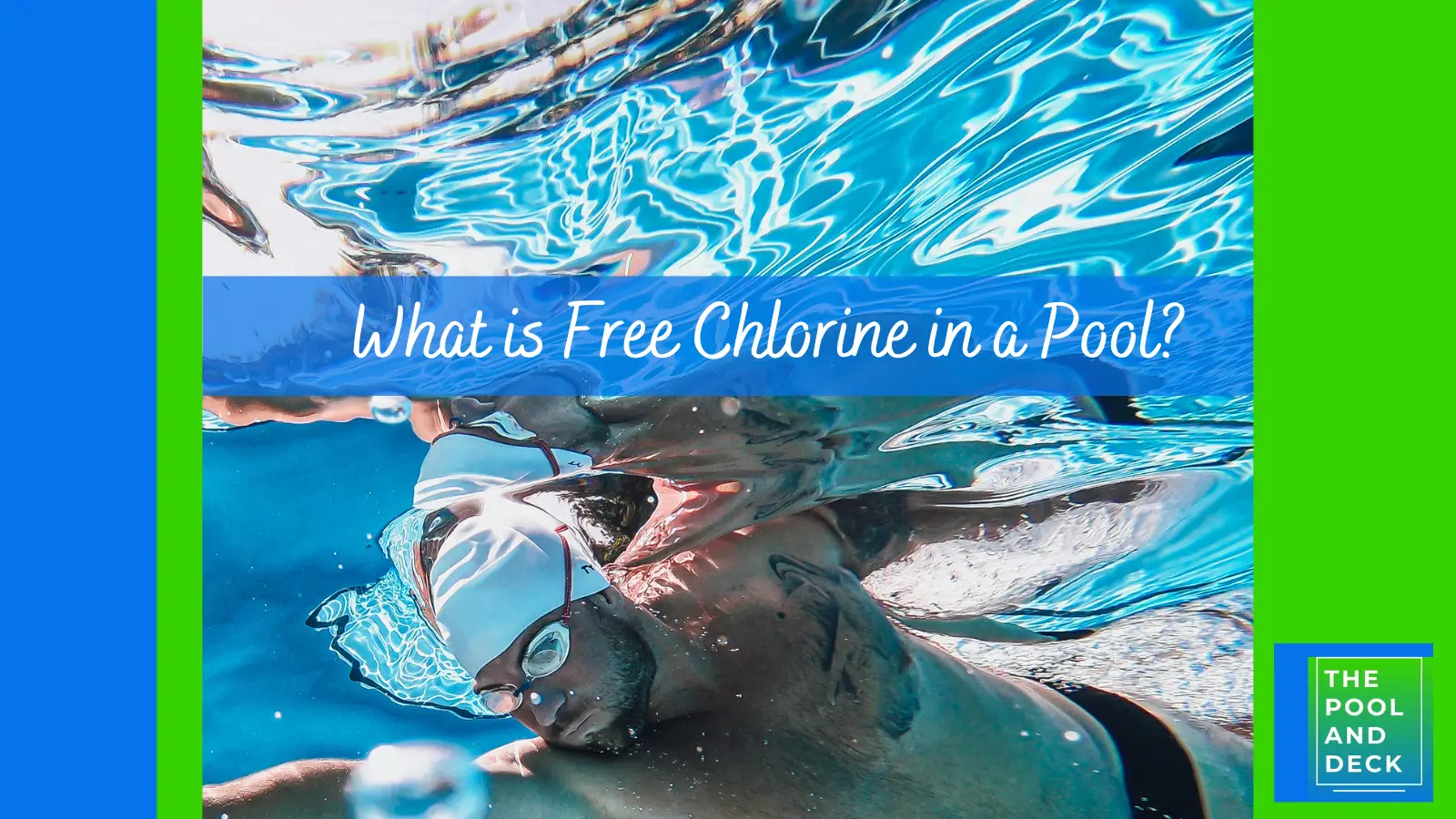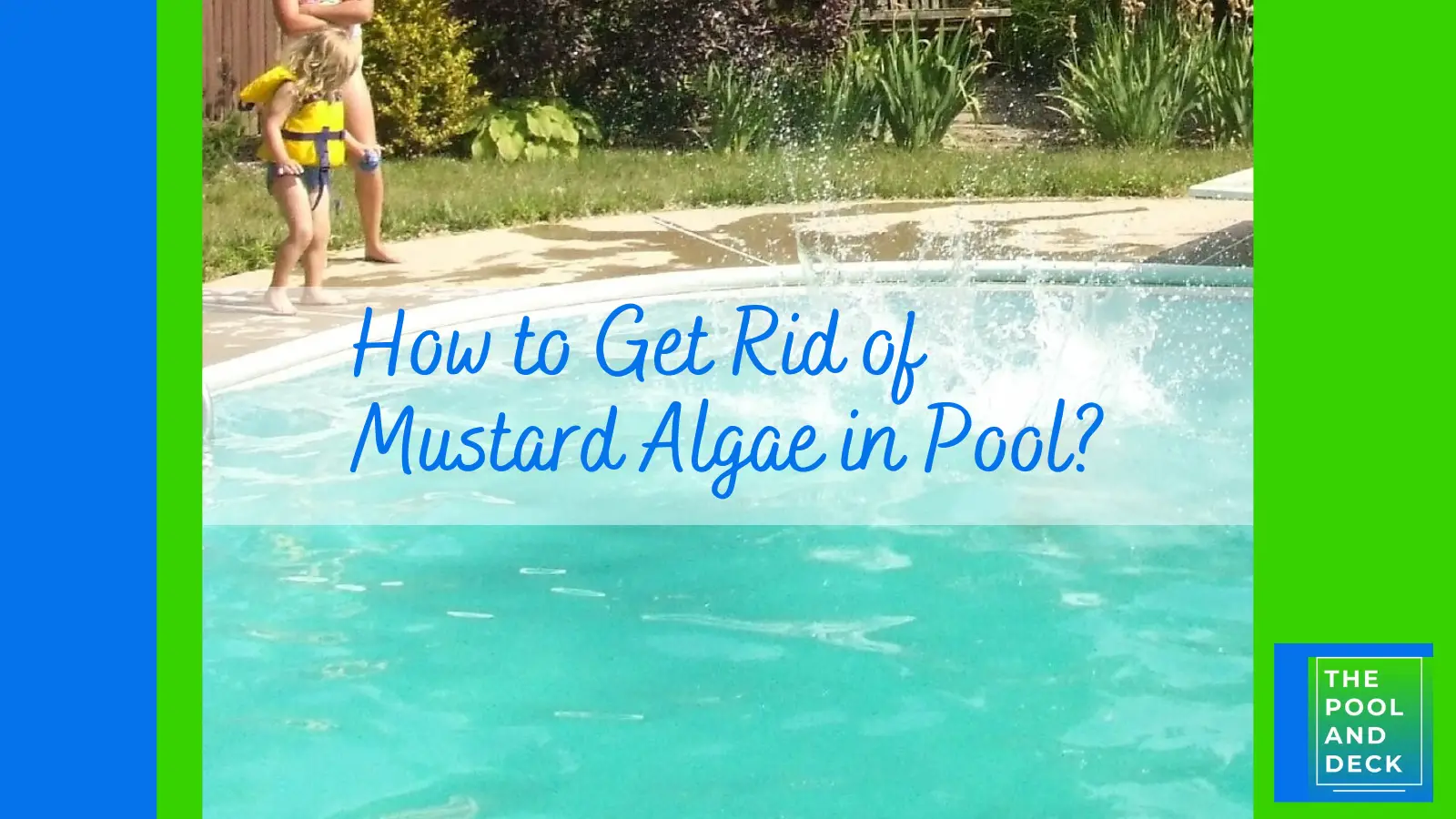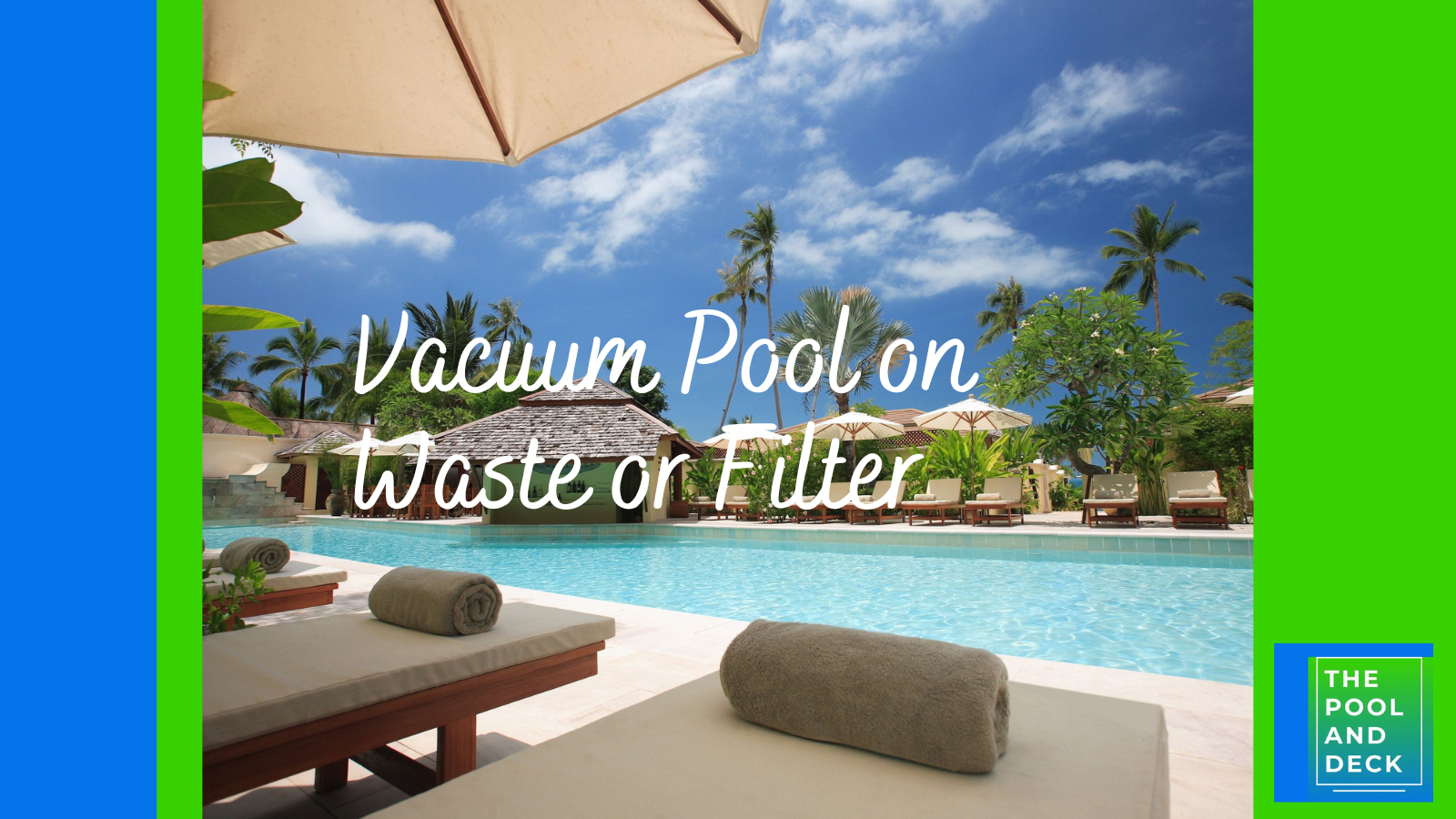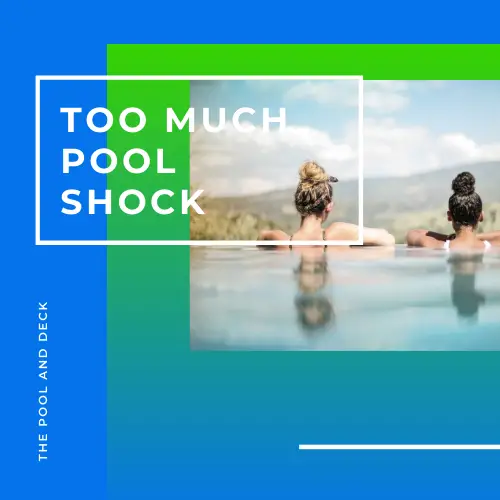The Best Way to Raise Alkalinity and Lower pH
Table of Contents
Can You Raise Alkalinity and Lower pH at the Same Time?
It is possible to raise alkalinity and lower pH in a pool but you need to do it in steps. You must first raise the Total Alkalinity (TA) level, using Baking Soda, so as to get it within the 80 – 120 ppm range. The next step is to lower pH by adding Muriatic Acid or Sodium Bisulfate (aka Dry Acid).
Maintaining the pool chemistry in perfect balance is the key to a crystal clear and bacteria free pool. Of the different variables involved, getting the pH and total alkalinity right can be quite challenging, even for pool pro.
In practice this is not as simple as it sounds. Addition of muriatic acid or sodium bisulfate will not only lower pH but will also lower total alkalinity. So you may actually have to repeat the steps of adding baking soda and sodium bisulfate till you get both in the desired range.
You can use my Pool Baking Soda Calculator to determine the dosage for your pool.

PRO TIP 1: In the first step aim to get total alkalinity at the higher end of the 80 – 120 ppm range.
PRO TIP 2: Run your pump on “circulate: setting for a couple of hours after adding the chemicals. Wait for at least 6 hours for complete dispersion before testing pH and TA.
All this waltzing around becomes necessary because pH and TA are similar but not the same. The level of one affects the level of another but not in an exact linear fashion. So the question is……..
As an Amazon Associate, I earn from qualifying purchases.
Click on the image below to reach the page with all the Necessary Pool Chemicals.
What’s the Difference Between pH and Alkalinity?
To begin with, pH is a measure of the acidity or the alkalinity of the pool water, whereas total alkalinity (TA) is a measure of the amount of alkaline particles dissolved in the water. The alkalinity of water is its ability to neutralize acids. Alkalinity therefore acts, and is known as a pH buffer!
A logarithmic scale from 0 to 14 is used to measure pH. Distilled water at a pH of 7 is considered neutral. A pH level below 7 indicates that your pool water is acidic, while a pH level above 7 indicates that your water is alkaline.
Note that the scale is logarithmic. So water with a pH of 5 is not just a bit more acidic than water with a pH of 6. It is 10X more acidic!
Maintaining proper pH level is crucial. In case pH is low and your pool water is too acidic, it can cause eye and skin irritation, damage your pool equipment, and even corrode your pool walls and floor.
On the other hand, if pH is high and your pool water is too alkaline, it can cause calcium deposits on your pool surfaces, reduce the effectiveness of chlorine, and make your water cloudy.
Total Alkalinity is a measure of the ability of pool water to resist changes in pH. It is a measure of the quantity of alkaline particles in the water and is measured in ppm. Total Alkalinity acts as a buffer, helping to stabilize pH levels and prevent rapid changes.
Low Total Alkalinity can cause the pH to fluctuate rapidly, which can damage your pool equipment and surfaces. On the other hand, if your alkalinity is too high, it can make it difficult to adjust the pH level, which can cause cloudy water and reduce the effectiveness of chlorine.
Both, pH and alkalinity are two crucial measurements that you need to understand to maintain a healthy and balanced pool.
Keep in mind that the ideal pH level for your pool water is between 7.2 and 7.8, while the ideal range for alkalinity is between 80 and 120 ppm.
Regular testing and proper chemical adjustments can help ensure that your pool water remains crystal clear, safe, and enjoyable for everyone to swim in.
What Happens to pH When You Raise Alkalinity?
So what happens to pH when you raise alkalinity? The short answer is that when you add any chemical to raise the alkalinity the pH level goes up too!
Alkalinity consists of ions that incorporate acid protons into their molecules so that they are not available as a free acid that can lower the pH. This is known as buffering.
High alkalinity means that you are unable to lower the pH of the pool water. In such a situation you need to first get the Total Alkalinity (TA) in the 80 – 120 ppm range before you can try to lower the pH level.
You can use my Pool Baking Soda Calculator to determine the dosage for your pool.
Recommended Products:
For more information check out my Pool Chemistry for Beginners: With 5 Super Helpful Cheat Sheets!
Thank you very much for reading the post. I do hope you found it informative and helpful.


